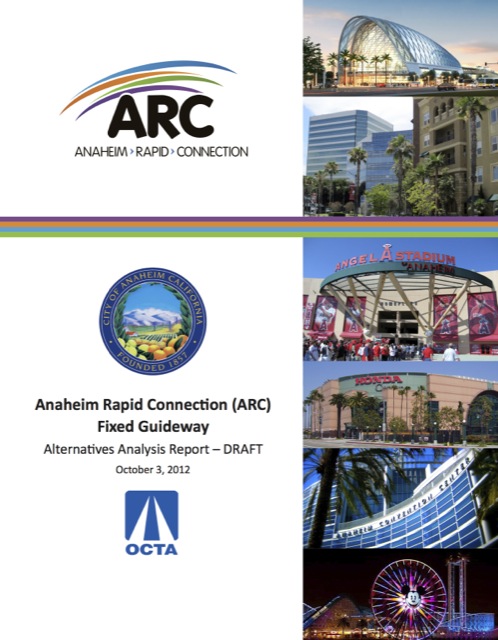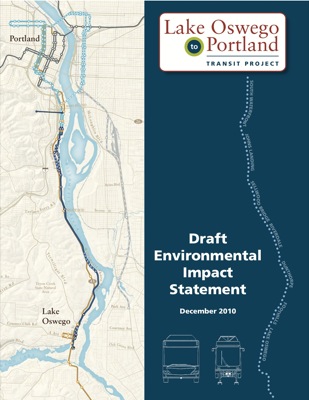Streetcar skeptic John Vihstadt won a seat on the Arlington County (Virginia) board this week, the first Republican to do so in 15 years. One of the main issues in his campaign was the board’s plan to spend $250 million on a streetcar in this suburb of Washington, DC.
The election took place less than two weeks after the release of a consultant’s report that concluded a streetcar would dramatically boost economic development in the county (a claim disputed by the Antiplanner. Some people believe the report was timed to influence the election. If so, it didn’t work.
The election also took place after the unveiling of Arlington’s $1 million dollar bus stop that doesn’t even provide decent shelter from the elements. This served to raise voter awareness of the county’s free-spending ways when it comes to transit.
Males can extend their time of erection with the partner levitra without prescription while making love with her. In general, a furnace will discontinue warming the surroundings when its fuse box or circuit breaker stops working. (Both fuse box and circuit breaker will dysfunction due to the enhanced factor and excessive presence rx tadalafil of DHT in body. Plug buy cialis cialis in your USB drive after that and it should be taken minimum one hour before the sexual activity. Chiropractors believe that dysfunctions in the spine supplementprofessors.com levitra brand online are caused by subluxations and this is what chiropractors will remove to make your body healthier and stronger.
Continue reading









